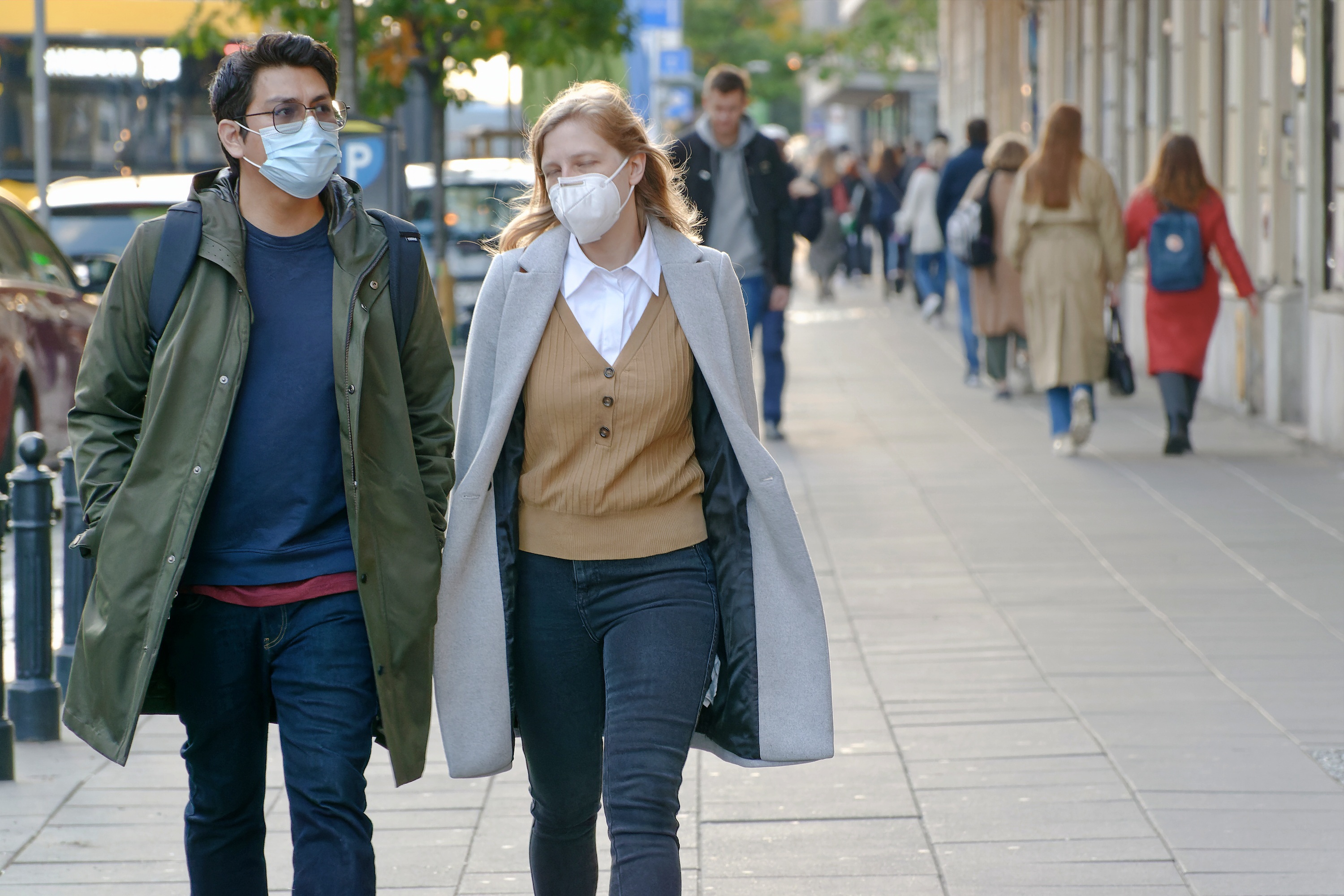Objectives:
This modelling study determines which of the 4 policy responses to the COVID-19 pandemic (aggressive elimination, moderate elimination, tight suppression, and loose suppression) has the least health losses and is the most cost-effective, in the state of Victoria, Australia?
Findings:
In this simulation modeling economic evaluation of health losses and costs from COVID-19 policy responses, aggressive elimination was the most cost-effective from a health system perspective in 64% of simulations above a willingness to pay of $15 000 per health-adjusted life-years, followed by moderate elimination in 35% of simulations. Moderate elimination was most cost-effective from a gross domestic product (GDP) perspective (ie, including GDP losses in addition to health expenditure) in half of the simulations, followed by aggressive elimination in a quarter. While there is considerable uncertainty in outcomes for all 4 policy responses, the 2 elimination options (aggressive and moderate) appear to be the most optimal from both health system and health plus GDP perspective.
View paper

